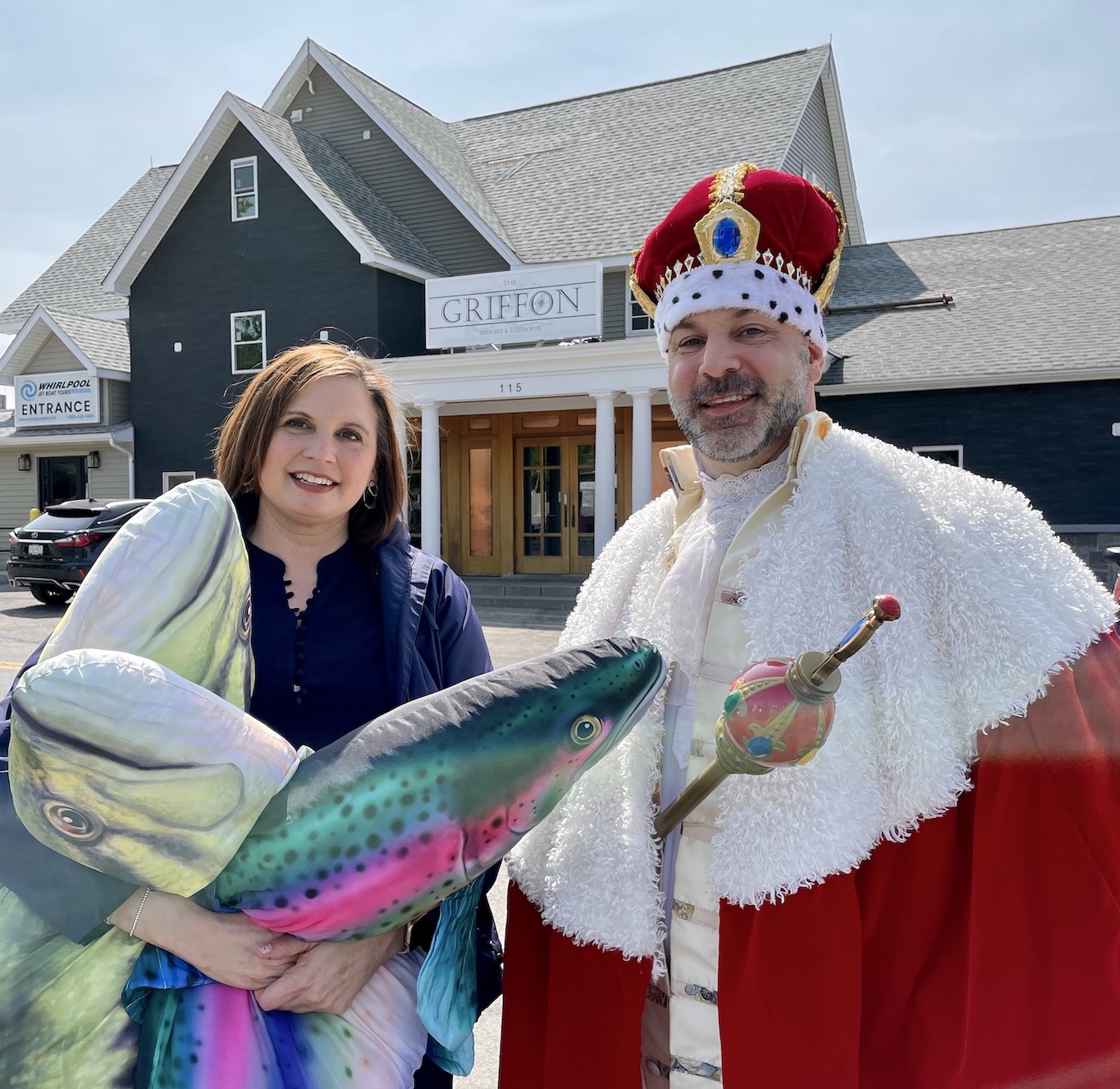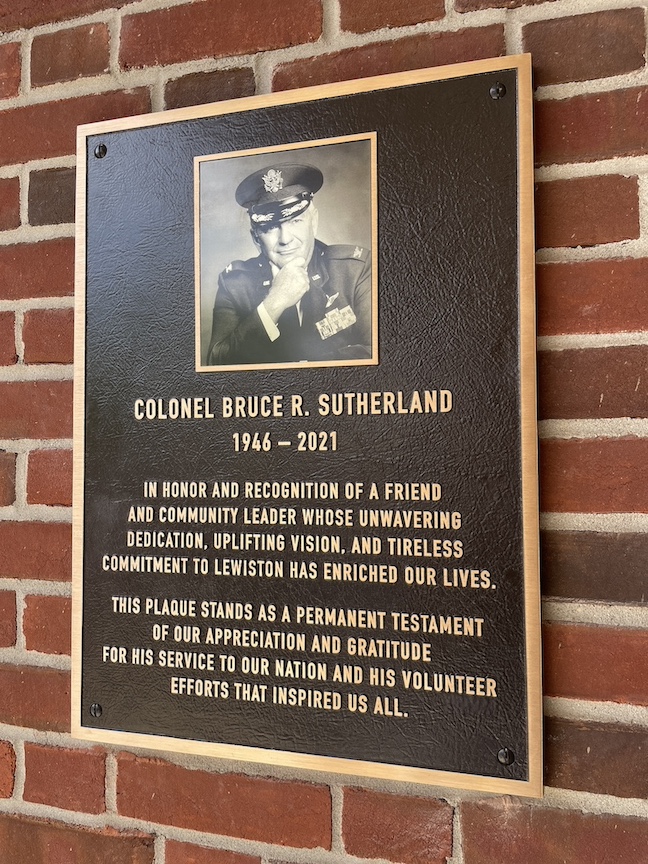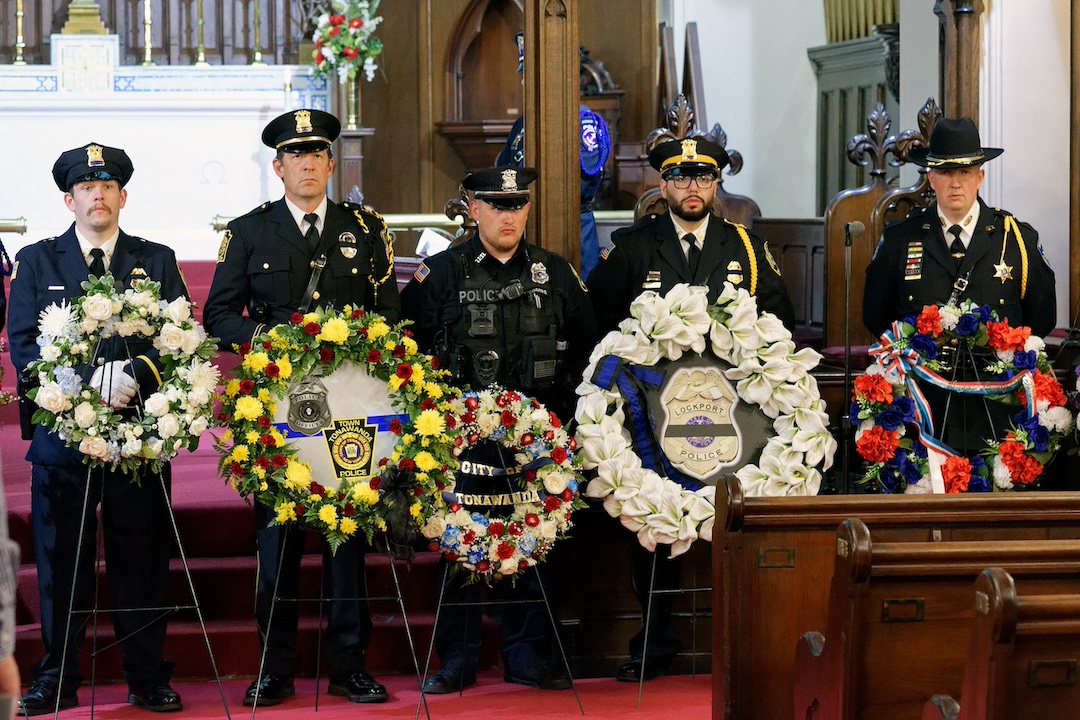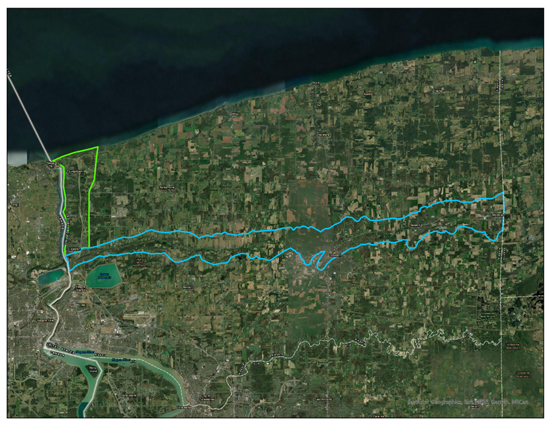Featured News - Current News - Archived News - News Categories
First such collection published in 60 years reveals ‘what an extraordinary friend Emily Dickinson was to so many people’
By the University at Buffalo
A new edition of Emily Dickinson’s correspondence, co-edited by a University at Buffalo literary scholar, offers a transformative portrait of the famous American poet that takes readers beyond vague notions of Dickinson’s loneliness and isolation to instead reveal an intensely interactive and deeply involved member of a community who was very much engaged with friends, family and the unfolding events of her time.
“The Letters of Emily Dickinson,” co-edited by Cristanne Miller, Ph.D., SUNY Distinguished Professor and Edward H. Butler Professor of English in UB’s College of Arts and Sciences, and Domhnall Mitchell, Ph.D., professor of 19th century American literature at the Norwegian University of Science and Technology, is the first comprehensive collection of Dickinson’s letters since Thomas H. Johnson and Theodora Ward published their edition more than 60 years ago.
“Though she was reclusive in the sense that she did not visit a lot of people or leave the town of Amherst, Massachusetts, after her mid-30s, she did throughout her life reach out to a large number of people through correspondence,” Miller said. “It’s very clear from the kinds of letters she’s writing that she is not discouraging relationships at all − she’s in fact encouraging them.”
Miller said Dickinson would even reach out to people who did not immediately get back to her, asking why their response was slow in coming.
In 1869, she wrote to a friend “A Letter always feels to me like immortality because it is the mind alone without corporeal friend. Indebted in our talk to attitude and accent, there seems a spectral power in thought that walks alone.”
Later, in 1885, she writes to two acquaintances that “A Letter is a joy of Earth – / It is denied the Gods –”.
The letters are gems and their language stands both apart and alongside Dickinson’s verse, Miller said. They contribute to a fuller understanding of a personality that becomes clearer through her letters than might be the case from people reading only her poems.
“Many of her poems focus on what we might call the darker emotions of human existence. Many of the letters, in contrast, focus on consolation, hope and love,” Miller said. “Now, Dickinson is a great love poet, and the letters don’t differ in that regard from her poetry, but she writes many letters that express how deeply she cares for a wide range of friends and family members.”
For instance, Dickinson writes in April 1885 to her friend Sarah Tuckerman, “Morning without you is a dwindled Dawn.”
“What an incredible thing to write to a friend,” Miller said.
Miller and Mitchell have added 200 letter-poems to the collection. These are poems that contain an address, a signature, or both, but no supporting prose. Some letter-poems are extant only as letters, while Dickinson circulated others after, or sometimes before, she had retained copies for herself.
This new definitive edition contains all 1,049 letters included in Johnson and Ward’s collection, restoring missing text where necessary, while adding letter-poems and recently discovered letters collected for the first time in a single edition. It presents 1,304 letters by Dickinson. It also includes all extant letters she received.
“The Letters of Emily Dickinson” assumes a different tone than its predecessor. Johnson and Ward offered speculative annotation at the end of several letters, conclusions reached at a time when there was no objective biography of Dickinson covering her entire life. The new book omits such speculation since plenty of critical commentary on Dickinson has been published in the last 60 years.
Miller and Mitchell, however, interpret information in ways that propose new possibilities and offer insights into Dickinson’s creative process.
Many loose pages, for instance, were found with Dickinson’s poems at the time of her death. Johnson sees these as scraps, but Miller said they’re more likely writing notes, a kind of notebook kept in piecemeal form rather than ideas chronicled between a notebook’s covers.
“She was holding onto phrases, sentences and paragraphs that she thought could be used at a later time,” Miller said. “Some of that content is found in her letters. A few of the fragments were used in poems.”
While Miller has published broadly on 19th- and 20th-century poetry, she is one of the world’s foremost experts on Dickinson and has written extensively on the poet’s life and poetry, especially from the late 1850s through the 1860s, the height of her poetic production.
“That is an utterly fascinating moment in the U.S. and in Dickinson’s lifetime,” Miller said. “But editing these letters has made me equally interested in the correspondence and in the later years of her life.
“I had just not realized what an extraordinary friend the older Emily Dickinson was to so many people.”





























